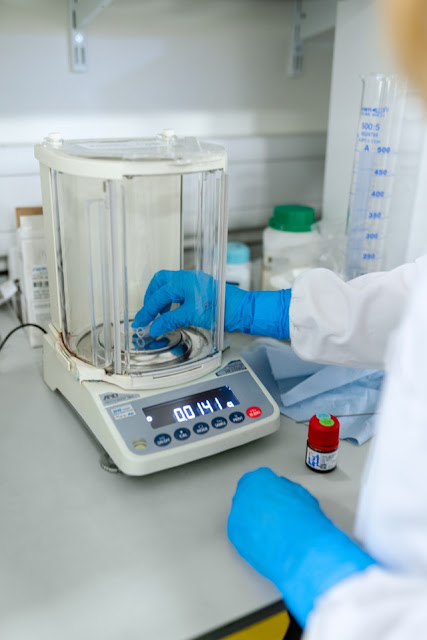What is the exact role of delayed neutron in reactor operation?
Crucial role of delayed neutron:
- Prompt neutrons have a lifetime of ms.
- They grow exponentially once fission starts.
- We need to control it, otherwise reactor will reach supercritical state.
- It can be controlled by using control rod. But control rods cannot be inserted within fraction of second or within a second.
- But within a second the no. of neutron shall increase dangerously. If control rod is inserted before starting the fission, chain reaction shall not be able to reach criticality (if there is only prompt fission neutron).
- Here is the key role played by delayed neutron.
- Delayed neutrons have a lifetime of seconds, and they constitute 0.65% of the fission neutrons.
- The resulting average time constant for the “prompt + delayed” neutrons is around 0.1s, instead of ms, which allows control of the reactor. So basically using proper control rod position (preferably initially), no. of prompt neutrons are kept within controllable no. and delayed neutron along with supressed prompt neutron provides sufficient no. of neutrons for sustainable chain reaction during the operation of the reactor.
Ref: Loveland, W.D., Morrissey, D.J. and Seaborg, G.T. (2017). Reactors and
Accelerators. In Modern Nuclear Chemistry (eds W.D. Loveland, D.J.
Morrissey and G.T. Seaborg). https://onlinelibrary.wiley.com/doi/10.1002/9781119348450.ch13
Delayed neutrons allow to operate a reactor in a ‘prompt’ subcritical, ‘delayed’ critical condition. All power reactors are designed to operate in a delayed critical conditions and are provided with safety systems to prevent them from ever achieving prompt criticality.
Please like, share and comment.
















Enough informative to be enriched, Sir.
ReplyDelete